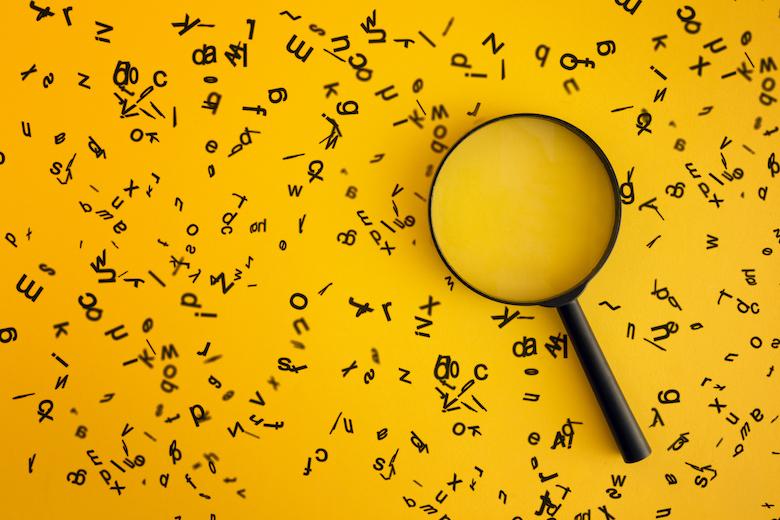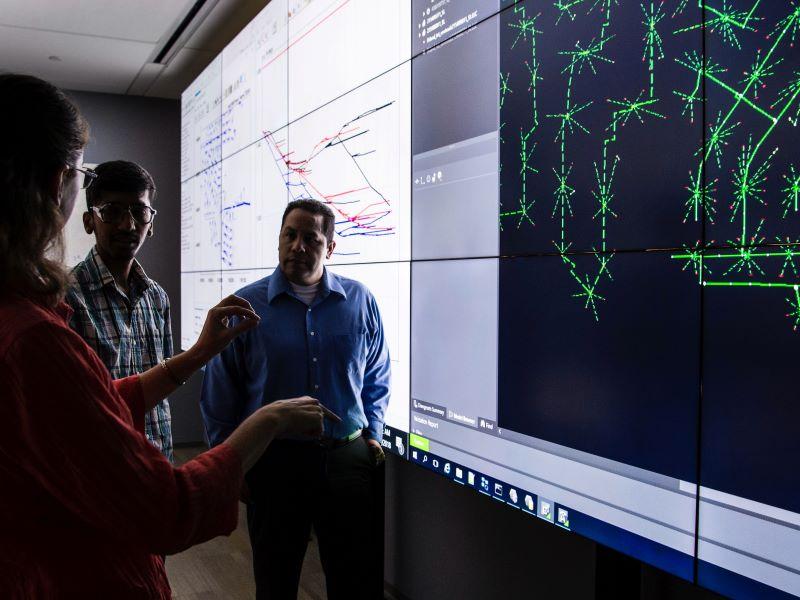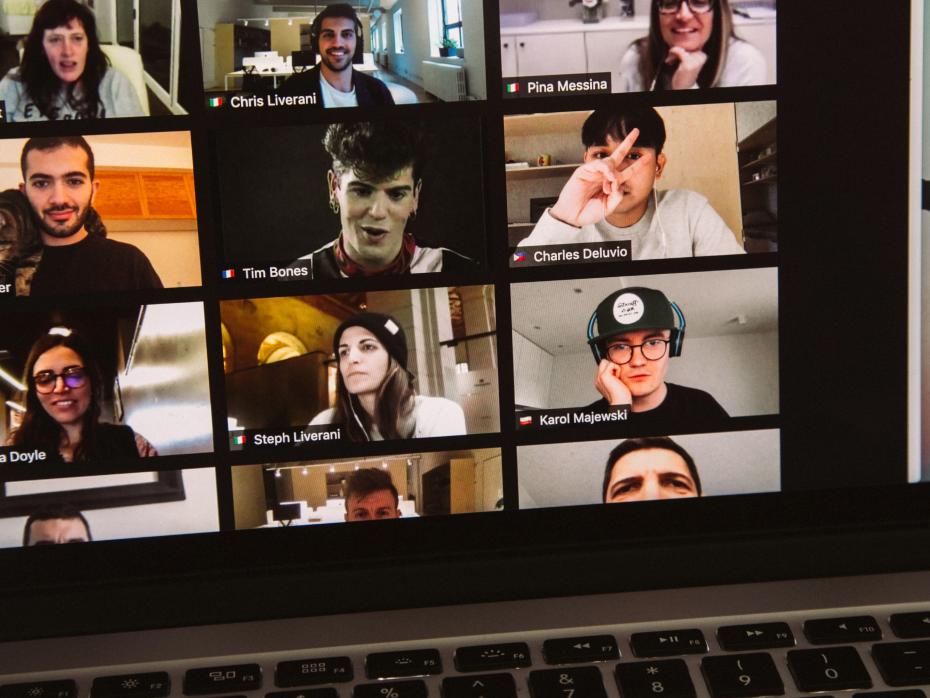The disruption of higher education due to Covid-19, particularly the sudden forced switch to online and digital learning, has stimulated much thought as to what lessons and improvements higher education institutions (HEIs) could take away from this experience. Here, we expand on our contribution to a recent Global Learning Council report on the digital transformation of higher education, focusing on the aspects of teaching and learning that are most critical.
A learning transformation, not a digital transformation
Digital tools, and the data they can provide, offer great potential for improving nearly every large-scale human activity, including education. However, that only happens if these tools are used well. Technology can take an educational approach and make it more available, reliable, affordable and data rich, but that does not necessarily mean it’s more effective. To be truly effective, technology must be backed by an evidence-based learning approach (not so typical in HE today) and it must do two things: provide students with the opportunity to practise meaningful and realistic problem solving, and follow it up with ongoing feedback that will help them hone those skills.
Learning outcomes and environments need to reflect the science of learning
The most important educational need in modern society is to have a citizenry and workforce that can solve complex real-world problems. Achieving that means shifting from the traditional curriculum built around a historical canon of knowledge that is to be memorised, and instead focusing on teaching the skills and knowledge used by modern experts.
It turns out that discovering what top performers decide and do requires a concerted effort – careful interviewing to unpack the conscious and often unconscious (during practice) decisions they make. Having all students learn to do things this way needs to be the educational outcome goal of higher education. While HEIs often claim to aspire to such goals, in fact most teaching, textbooks and exams are about learning facts and procedures.
Achieving this more ambitious learning outcome will only be possible if universities use what we know about human learning to create optimum learning experiences. Such experiences would have the learners spending most of their time intently engaged in practising making decisions and problem solving, and then getting feedback and incorporating that feedback into further practice.
Of course, learners do need knowledge, but that is best learned in the context of using it to make decisions and solve realistic problems. That develops an “expert like” organisation of knowledge that optimises its productive application.
Research also suggests different kinds of learning outcomes benefit from different kinds of practice:
- Knowledge that skilled practitioners use frequently in different contexts, separated in time
- Recognising the key factors in solving a new problem by repeated practice examining contrasting cases – classifying the factors in a variety of situations
- Learning key relationships by a) predicting the outcomes resulting from changing inputs, and b) diagnosing the sources of a defective output
- Establishing principles for incorporating uncertainty into decisions by practising making relevant choices, with discussion among peers and instructor feedback
- Putting all the parts together to create problem solutions by explicitly practising.
Students also need to learn interpersonal skills in problem solving. They need to practise taking and giving feedback and organising projects with a range of diverse peers, working to maximise the contributions and success for all.
A learning-transformed HEI would also match learning experiences to learners’ contexts and prior mastery. This avoids both repeating what learners have already mastered and overloading them with too many new things. Learners in HEIs bring many backgrounds and experiences. If the instruction is appropriately related to this range of experiences, the learning of the individual students is enhanced.
To learn from even the best designed learning environments, learners have to be motivated to put in large amounts of mental effort. This develops enhanced capabilities of the brain, analogous to strengthening a muscle through intense exercise. A learning-transformed HEI would ensure all faculty know how to maximise learner motivation, including recognising what factors enhance motivation and what factors inhibit it. Research has revealed important inhibitory factors and how they can be addressed:
- The mismatch between how material is presented and the learner’s past experiences and future aspirations
- The learner has been misled to believe they cannot master the material or how to try (for example, being told they “do not have a mathematics brain”)
- They see things preventing their success (such as their teacher or environment).
Faculty need to recognise that individual student backgrounds and beliefs are important in finding how to best support motivation; one size does not fit all.
Faculty attitudes about learning and student success are also critical. The belief of some faculty in innate talent, and the associated belief they should seek to “weed out the less talented”, is very harmful. These negative faculty attitudes tend to be rooted in the cultures of particular disciplines and institutions. Faculty need to recognise that what is perceived as talent is usually just educational privilege, and that nearly all students in HEIs can be successful with proper (expert) teaching.
Learning transformation requires continuous improvement
HEIs need to move to a stance of continuous improvement of their learning environments and outcomes. There should be a culture of high-quality evidence gathering about the learning environment and learner outcomes (motivation, persistence and learning). It’s important to analyse these for all portions of the student population to ensure that all are succeeding. This evidence should guide changes in the curriculum and teaching practices, and document the impact of any changes.
There also needs to be a teaching evaluation and incentive system that is based on the extent to which each faculty member is using the best teaching methods and achieving the best student outcomes. There should be training aligned with the evaluation system and guided by research on learning, in this case the learning of teaching expertise.
The pandemic has been an international tragedy, but it has pushed HEIs into a new territory of rapid educational change. If HEIs can embrace this trajectory of change to create a continuously improving, evidence-grounded future, then faculty, learners and the society they serve will all benefit.
Carl Wieman is a professor of physics and of the Graduate School of Education at Stanford University and Bror Saxberg is vice-president of learning science at the Chan Zuckerberg Initiative.




comment